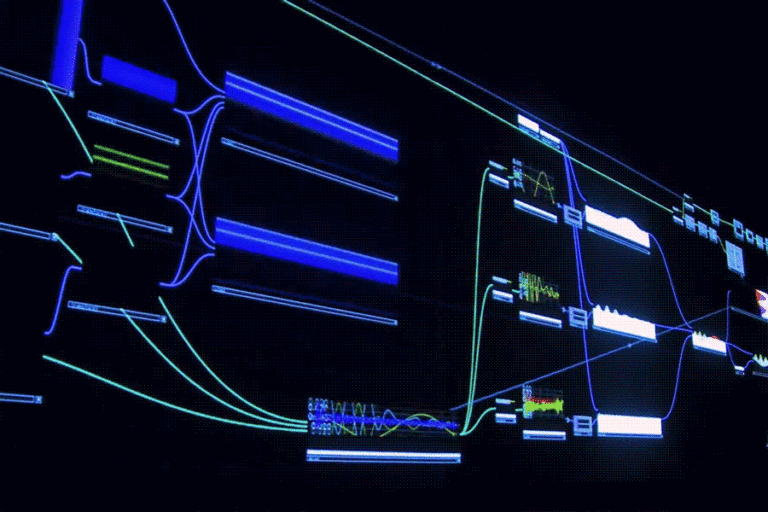
This weekend, February 3rd to 4th, we will join 230 TouchDesigner users at Derivative’s second ever TouchDesigner Summit in Berlin for an 48-hour marathon of workshops, masterclasses, and presentations.
Displaying search results
124 Results
This weekend, February 3rd to 4th, we will join 230 TouchDesigner users at Derivative’s second ever TouchDesigner Summit in Berlin for an 48-hour marathon of workshops, masterclasses, and presentations.
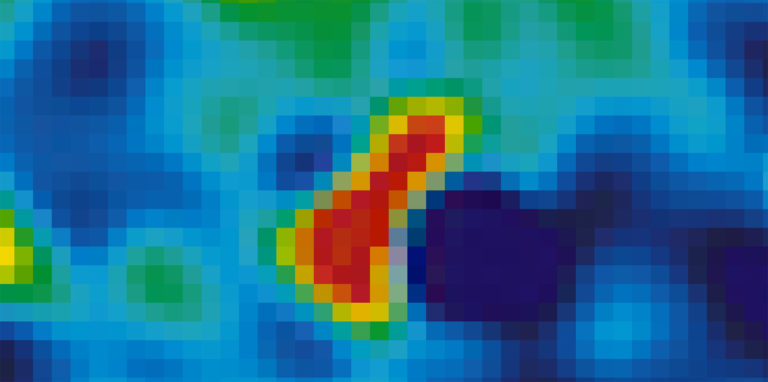
Dan Tapper is a British artist based in Toronto that combines his interest in code and celestial form and his recent research project “Turbulent Forms” visualizes and sonifies various cosmic phenomena. To mark the recent exhibition of this work (and related collaborations with several composers) we present this extended conversation with the artist about cosmology and data aesthetics.
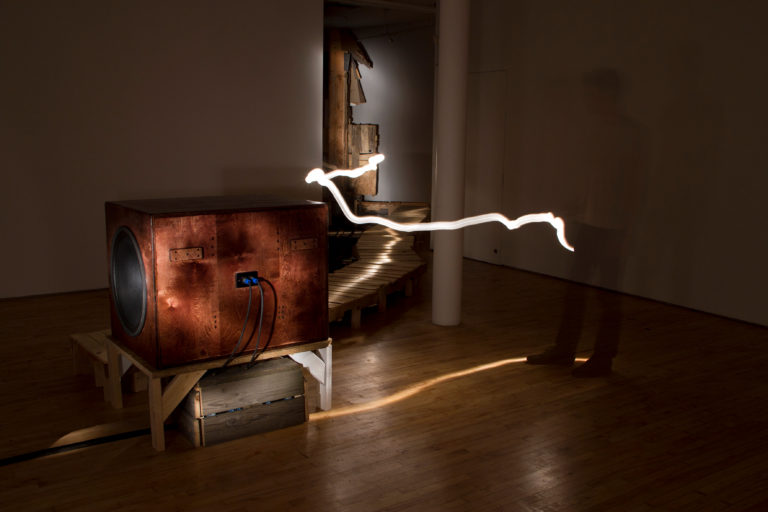
AUDINT is a European artist collective working across animation, installation, and publishing. Drawing on excerpts from an extended conversation with the group, we unpack their vision of the dystopian future-present and the nether zones that can be conjured through sound and vibration.
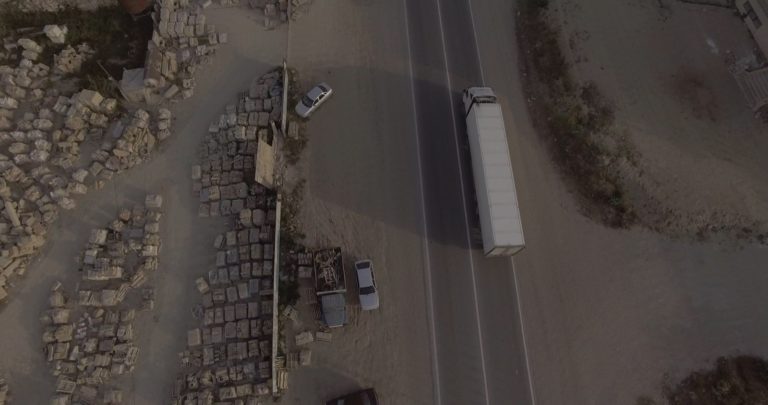
Developed at Strelka during the ‘The New Normal Program’ in 2017, ‘SHIFT’ (Arthur Röing Baer, Christian Lavista, Dmitry Alferov, Liza Dorrer) is a project that engages with stages of automation of the trucking industry in Russia, working with the socio-political, physical, and spatial particulars of logistics in the country’s vast territory.
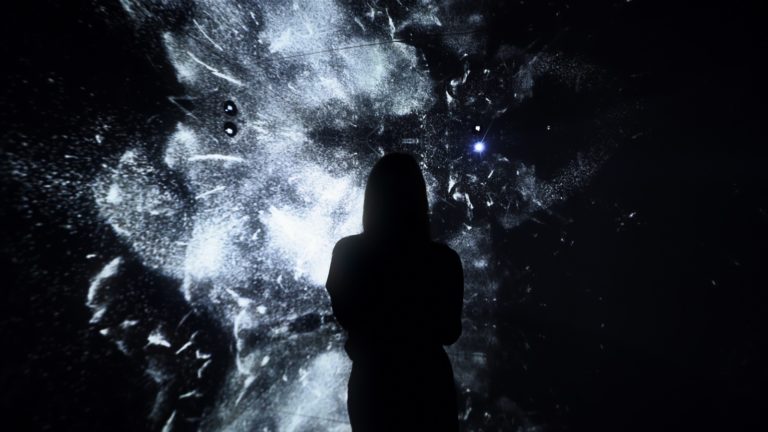
Created by Refik Anadol in collaboration with Google’s Artists and Machine Intelligence program, ‘Archive Dreaming’ is a 6 meters wide circular installation that employs machine learning algorithms to search and sort relations among 1,700,000 documents.
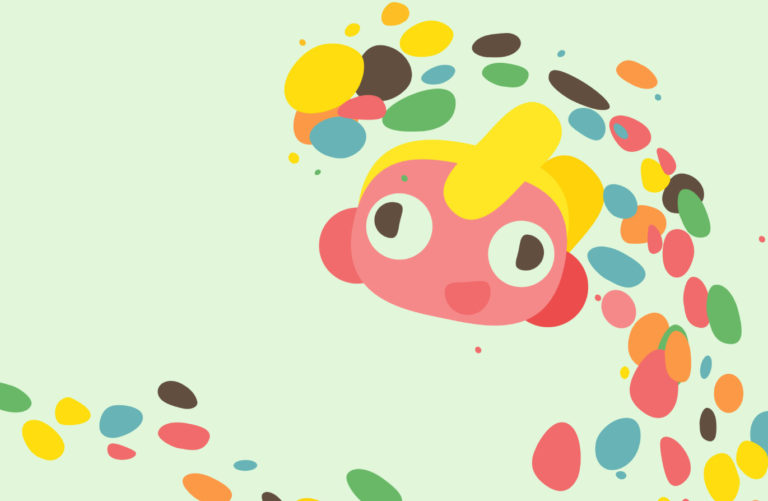
Part of a new series of posts inviting artists and curators to share latest projects on CAN, we’d like to introduce you to Evan Boehm, and his latest collaboration with Nexus Studios. Solace is an interactive animated film based on celebrated science fiction writer Jeff Noon’s short story about a near future in which marketing and addiction are disturbingly intertwined.
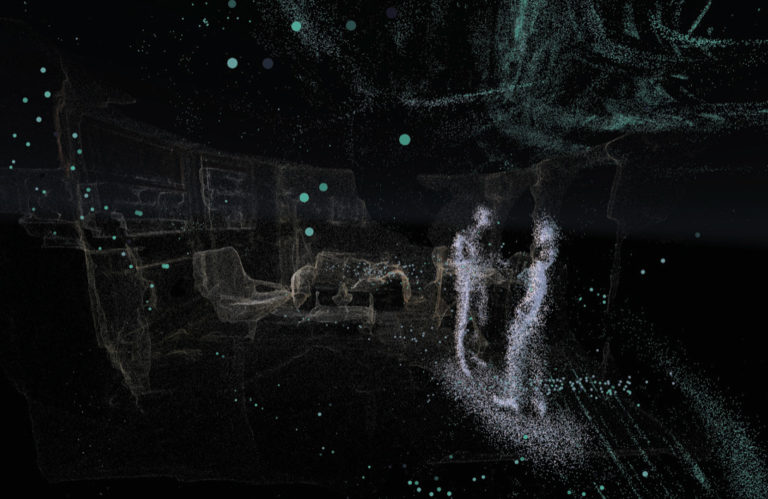
Created at the Bartlett School of Architecture / Interactive Architecture, Palimpsest uses 3D scanning and virtual reality to record urban spaces and the communities that live in them. The project aims to question/test the implication if the past, present, and future city could exist in the same place, layering personal stories and local histories of the city at a 1:1 scale.
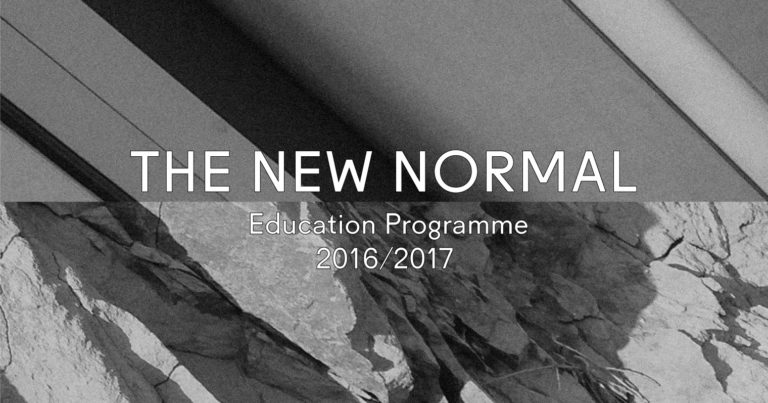
Strelka Institute for architecture, media and design launched the enrollment campaign for the postgraduate education program. The theme of the 7th academic year at Strelka is The New Normal.
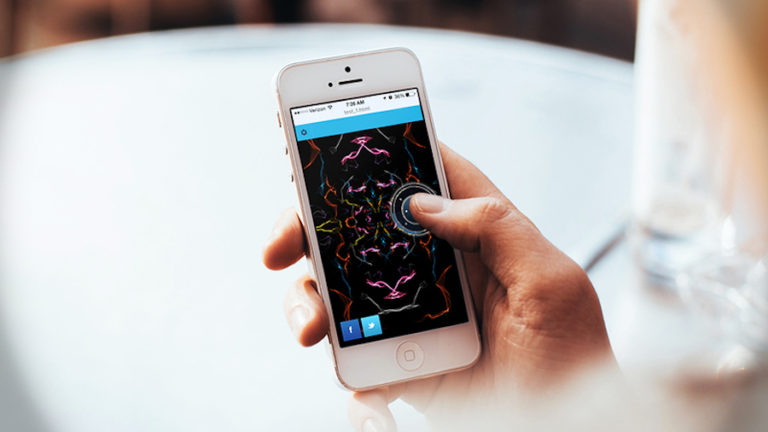
Kadenze offers the opportunity to learn creative coding from world renowned instructors and artists. Explore p5.js and the nature of code. Learn ChucK, JavaScript, and web coding. Turn your Arduino into a machine-learning controller.
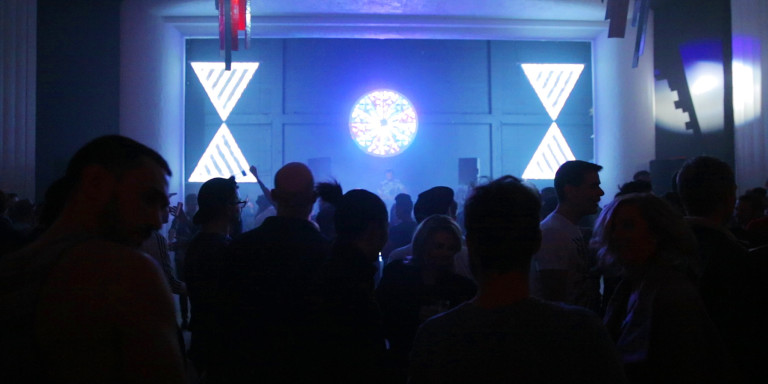
The Gray Area Foundation for the Arts has been active in San Francisco for a decade. On the eve of the second edition of their eponymous festival, CAN chats with the Gray Area team about their ongoing educational and programming initiatives.
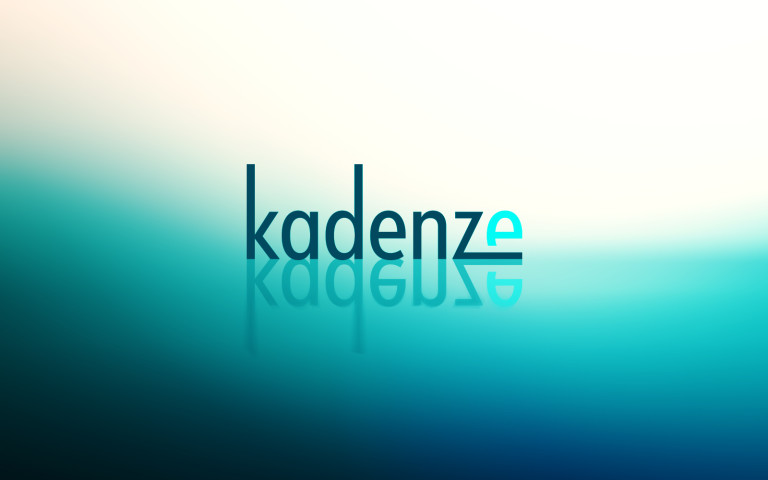
Kadenze brings together the world’s leading educators, artists, and engineers to create an online community where we can learn art and creative technology. From generative graphics and creative coding to physical modeling synthesis for games and interactive systems, the Kadenze catalog is full of courses designed specifically for artists and it’s growing larger every day.
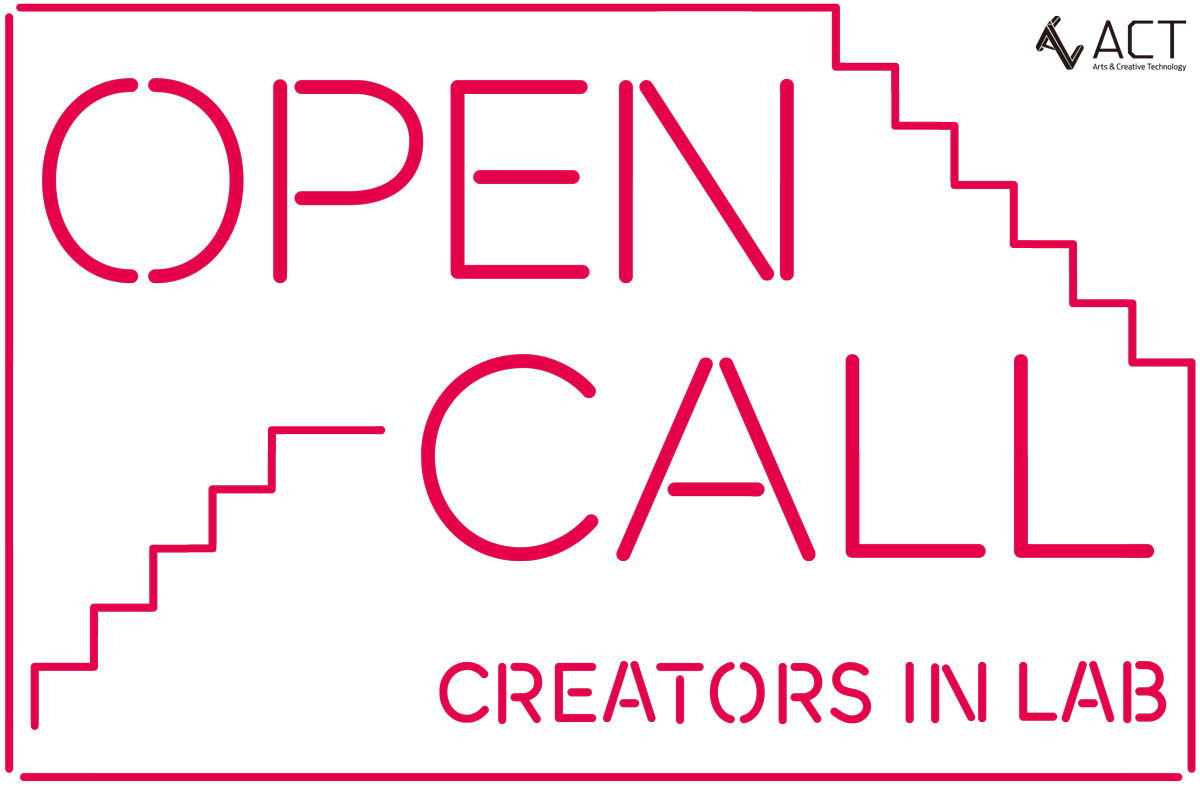
As part of a major festival collaboration later in the year, CAN is excited to announce the launch of the ‘Creators in Lab’ residency program at the brand new ACT Center in Gwangju, South Korea. Interdisciplinary practitioners take note!

Superflux are a design and foresight consultancy based in London. Founded by Anab Jain and Jon Arden in 2009, the studio produces prototypes and films that are simultaneously prescient, and playful—and now they can add ‘magazine publisher’ to that list of outputs. A few weeks ago the studio announced the first edition of Superflux, a Warren Ellis-edited periodical that would mutate with each edition. The first issue is a handsome A1 poster expanding on their recent work with drones and the duo has engaged in an interview with CAN about their new project.
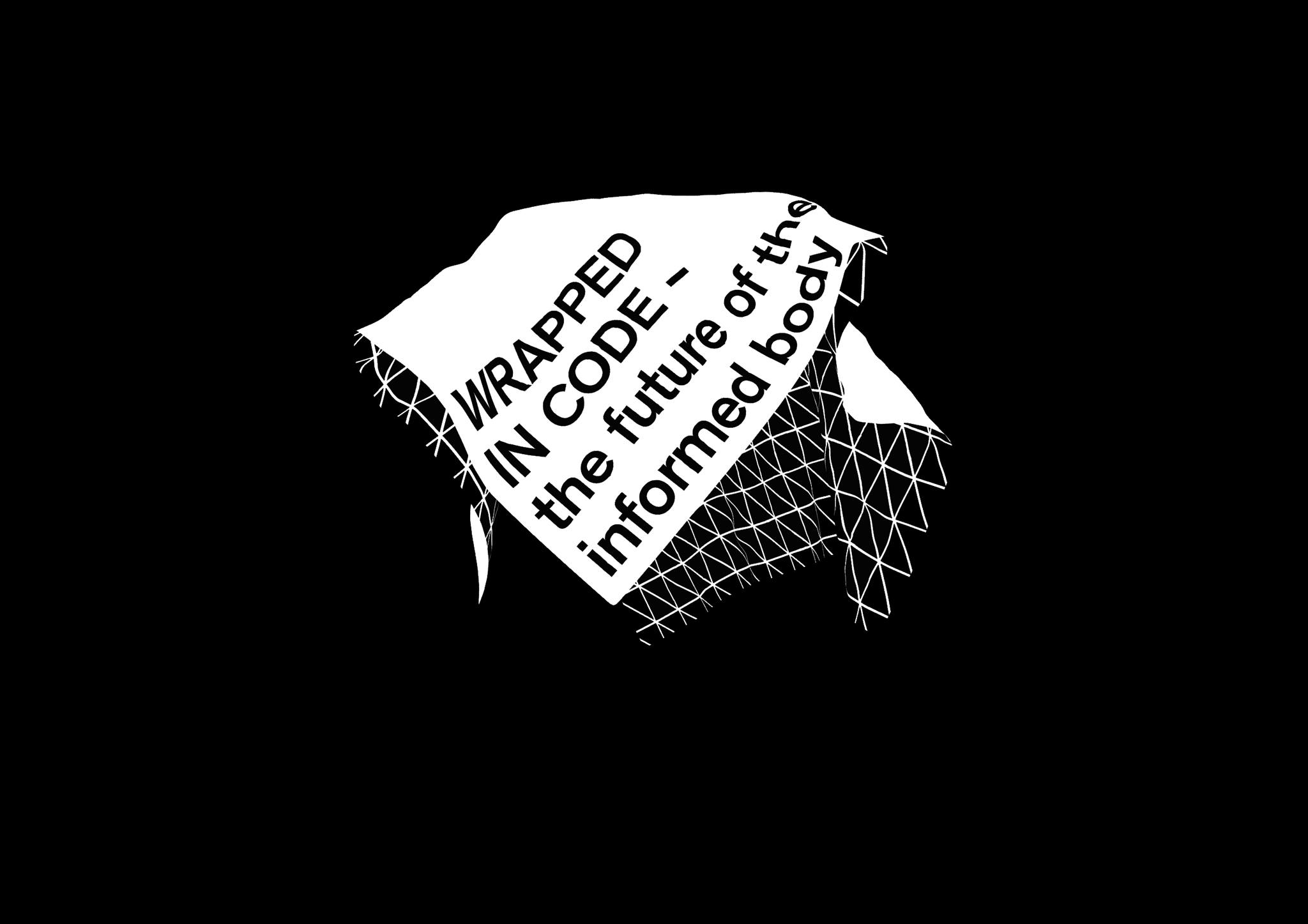
Starting today (27. April – 3. May 2015), the international NODE – Forum for Digital Arts in Frankfurt assembles international participants and speakers in the areas of design, art, culture and science, who newly define borders of design and programming.
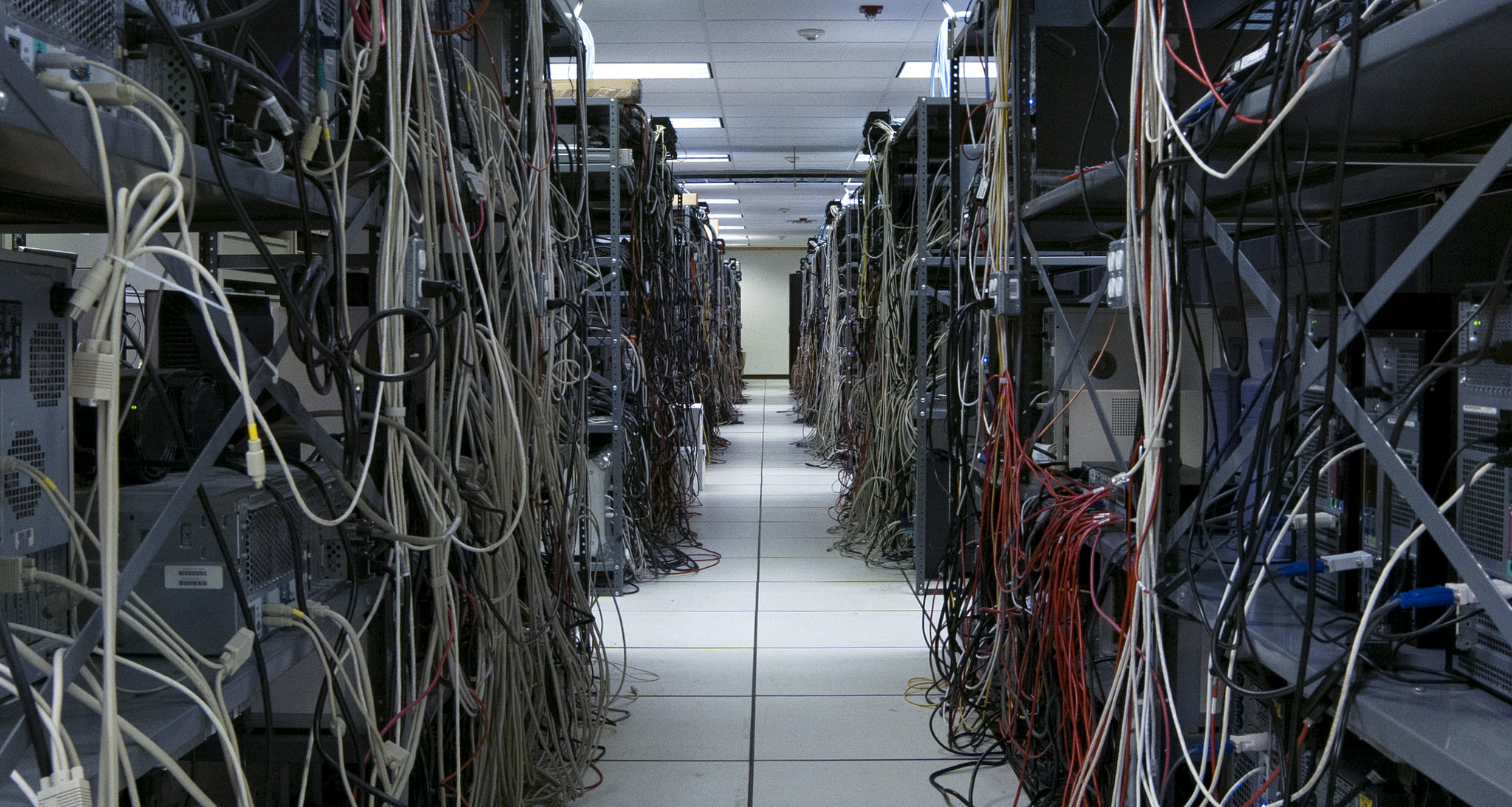
This past December a dozen artists, activists, and researchers converged at the STUDIO for Creative Inquiry for a book sprint. Led by Addie Wagenknecht, the all-women cadre convened under the collective moniker Deep Lab, and examined how privacy, security, surveillance, and large-scale data aggregation are problematized in the arts, culture and society.
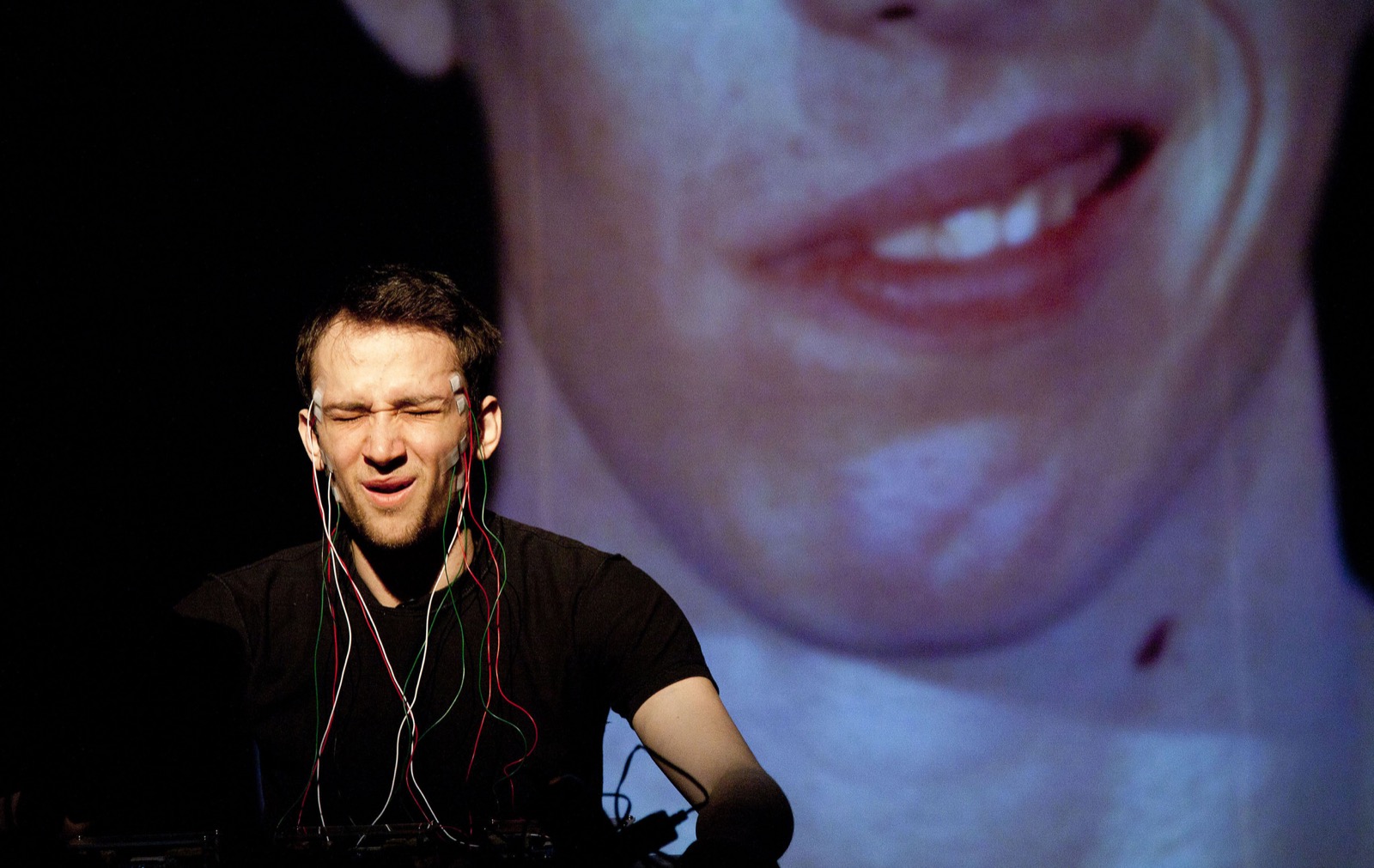
Earlier this year, Resonate festival was the host to Transcranial, a CAN initiated project bringing Klaus Obermaier, Daito Manabe and Kyle McDonald to Belgrade for two weeks to work on a new performance piece, creating a bridge between three festivals in Europe.
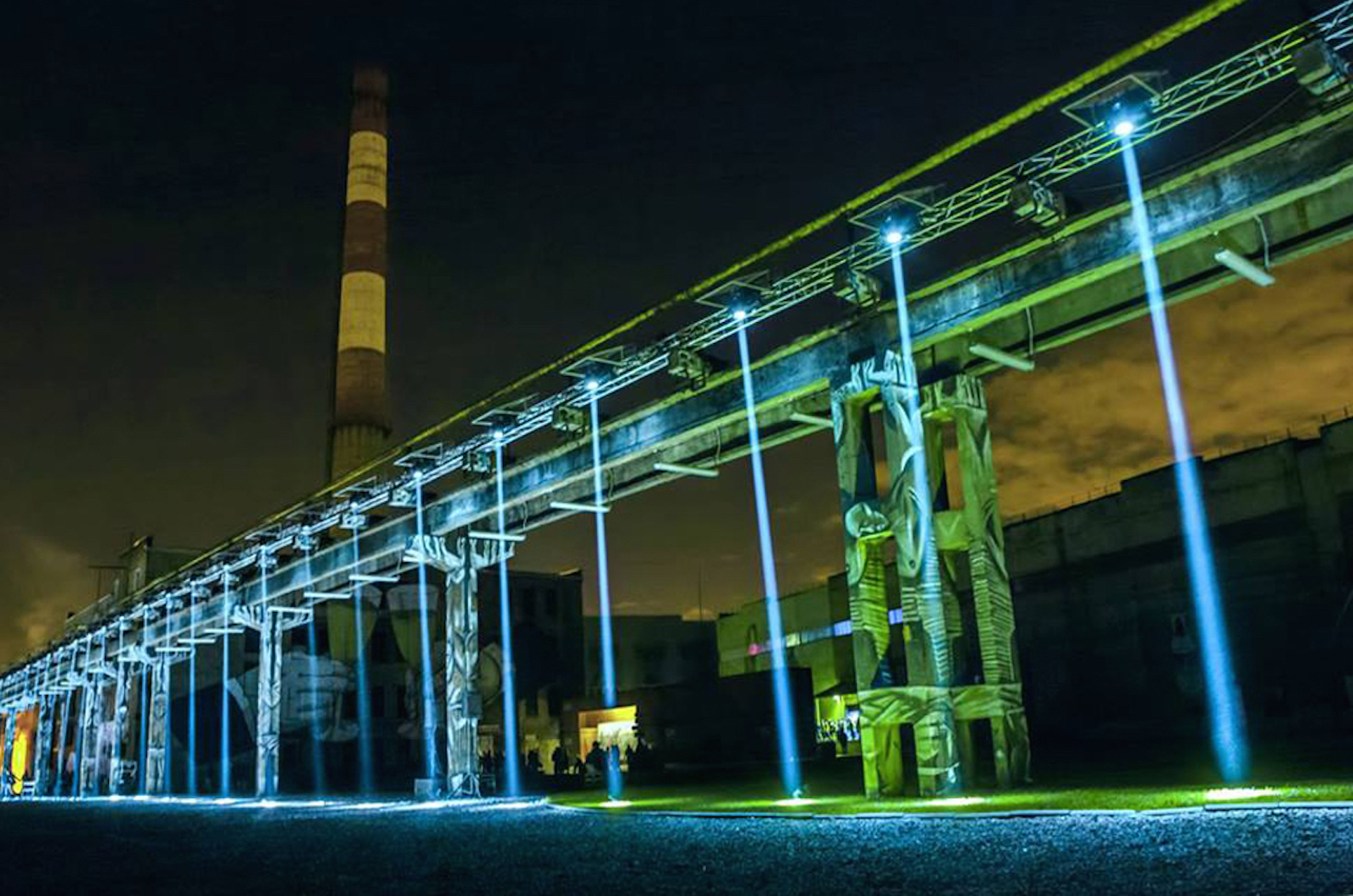
Tundra define themselves as a “collaborative artistic collective” whose members include musicians, sound engineers, programmers and visual artists. Their focus is to create “spaces and experiences by making sound, visuals and emotions work together” in audiovisual performances and interactive installations.

For the third time, Munich will be all about the combination of interface design and innovative experiences. push.conference unites interaction designers, creative coders and UX professionals to shape the future of our field.
Creativeapplications.Net (CAN) is a community of creative practitioners working at the intersection of art, media and technology.
Join us today by becoming a Member.
• Archive: Access thousands of projects, scores of essays, interviews and reviews.
• Publish: Post your projects, events, announcements.
• Discuss: Join our Discord for events, open calls and even more projects.
• Education: Tutorials (beginners and advanced) with code examples and downloads.
• Jobs Archive: Find employers who have recruited here in the past (over 1,000 jobs).
• Discounts: Special offers and giveaways (events, books and media).
• Ad-Free Reading: No advertisements or banners of any kind.
• Studios/Organisations: Read more about benefits here.